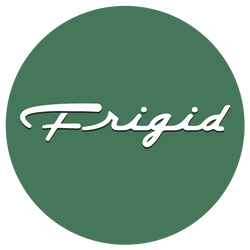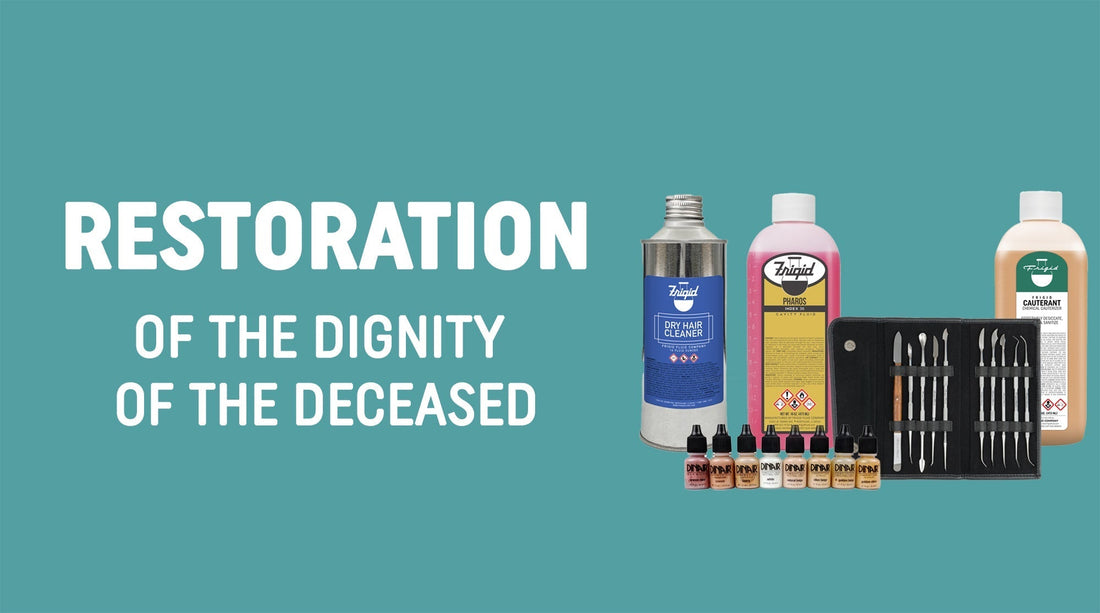As embalmers, we often witness final trauma and physical signs of illness of those that died and are now laying on the table before us. Sometimes these are lesions or tumors which they had to endure for some amount of time until their death. There’s one case that will always stay with me—a constant reminder of why our work matters and the importance of doing everything we can to support grieving families. As embalmers, our sacred duty is not only to disinfect and preserve, but also to restore. For this case in particular, this meant restoring a gentleman back to his days where he was “healthy” and not marked by his illness – an obvious sign by the over 100 tumors that grew upon his face, neck, and chest.

Upon opening the sheets that shrouded his body in the prep room, I was overwhelmed to see the vast number of tumors that riddled his upper body and head – immediately thinking how painful that must have been to endure. The overwhelming smell of them hit me quick upon revealing them too. Although I did not know his cause of death, I could see that these were fungating wounds that were certainly an active part in his ultimate death. His wife, upon learning it was a possibility, pleaded for them to be removed – for “his sickness to be taken away.” I could sense how deeply she longed to restore his true self after all he had been through, and how much peace it would bring her to see him free from the toll of his suffering. So I promised to do everything in my power to bring her husband back as she remembered him.
Fungating wounds or tumors are often a complication of metastatic cancer as the tumor infiltrates layers of the skin, tissue, or lymph vessels and extend or grow without successful treatment to abate them. They can be identified by their cauliflower appearance as they rapidly proliferate and often manifest areas of necrotic lesions. Besides being painful, the physical symptoms can include malodor, bleeding, and exudate seeping from them.
Though I did not know what he died from, identifying these wounds was helpful as an embalmer so that I could research and better know what these masses may have been like underneath the thin, and often broken layers of skin adhering them to his body. This would better educate me on what types of fluids (and chemicals) to embalm him with and how to treat these tumors prior to removing them.
Considering the common anatomy of exudate within them made me realize that I needed to decide how to treat that before just haphazardly dissecting them since I wanted to safely contain that as much as possible. Therefore, I needed to make sure to fixate them as best as possible prior to removal. Although I embalmed prior to treating the tumors, I realize that in other countries there is often a limited amount of time for preparing a body before services so if I had a time constraint, I would have treated the tumors prior to embalming. Due to the anatomy of how the tumors were situated within the body, the capillaries that infiltrate them are often fragile and compressed by the weight of the tumors. This fragility and compression often cuts parts of them off from receiving embalming fluid through the arterial system.
In order to fixate the tumors, I injected a strong cavity fluid methodically throughout all of them and between them with a hypodermic syringe – such as Pharos (containing Phenol). I then let the fluid sit for several hours before I ultimately began to excise them. Because of needing time to let the injected cavity fluid fixate the tissue and exudate within the tumors, this is why I suggest doing this part prior to embalming so that the process can be done more efficiently under time constraints. Once the tumors were no longer as pliable to the touch, I started the tedious process of excising them one by one with a scalpel and forceps. As I did this, I had to remain conscious of the decedent’s natural body curvature for his jawline, neck, and shoulders.
Once the tumors were removed, I thoroughly bathed him – something he likely hadn’t been able to do himself in a long time. The newly exposed tissue needed to be cauterized, so I saturated sheets of cotton with a cauterizing chemical, such as Frigid’s Cauterant, and laid them over those areas. I then covered the saturated cotton sheets with plastic to contain the fumes, and then let his body rest overnight. The next morning, the areas of exposed tissue were much drier. I removed the cauterized cotton and glued fresh, clean cotton sheets down over the areas on his chest and then glued a sheet of plastic over them before dressing him.

After dressing him, I placed him in his casket before restoring his neck and face. I cut the back of his collared shirt so that I could more easily work on his neck, and then could put it back in place once I was finished. Since the surface area that I was going to wax was so large across his face and neck, I wanted to create a “toothy” surface for the wax to better adhere to. I did this by saturating the exposed tissue with liquid super glue, and then spraying it with Tech Bond’s Accelerant so that it dried instantly. I could then easily apply the way over it, and it would stick better to the rough patches of hardened glue.
Since he was relatively young and did not have any wrinkles, I needed to smooth the areas of wax as best as possible. I used a flat brush and would dip the bristles of it in Dry Hair Cleaner before brushing it against the wax to smooth it out. I constantly moved around the casket to check all angles on his jawline and face while comparing it to his photo. Once I felt I achieved his natural structure of his face and neck, I began mixing the first foundation layer of cosmetic in my airbrush. To determine his foundation hue, I compared his photograph to a chart of varying browns based on having warm or cool undertones. I was able to determine that he has warm undertones in life, so I had to make sure to blend more orangey tones into his foundation color. As I began airbrushing, I also paid attention to areas of wax that caught the makeup and I therefore needed to smooth down even more. After finishing his airbrush cosmetics, I sprayed them with the Setting Spray and then replaced his collar back around his neck as it should be.
I did a final check, again from multiple angles around the casket, comparing him to his photo. I was satisfied with the result and eager for his wife to see him. She was overjoyed to see him looking like himself again, no longer showing signs of illness. It meant so much to her, that she left the casket open for his large church service as hundreds of people came to honor him. This is exactly why we do what we do, even with the long hours – because of the peace it can give others while beginning their journey in grief at the death of a loved one.


